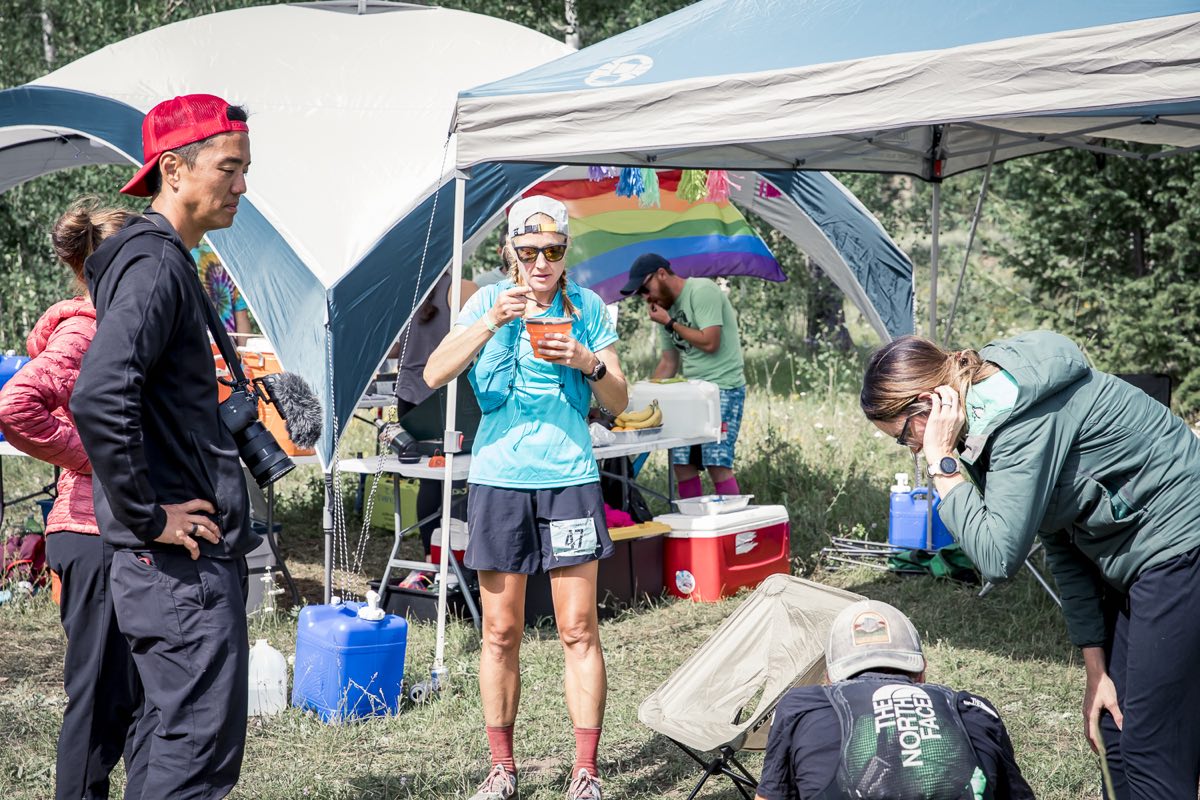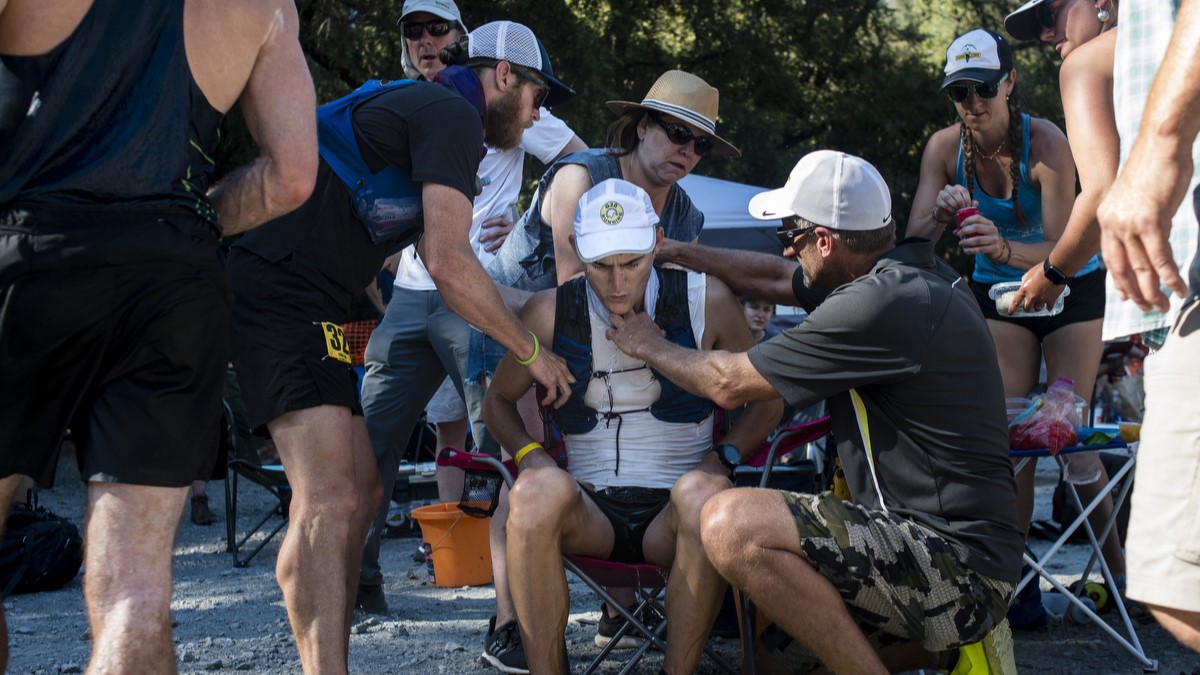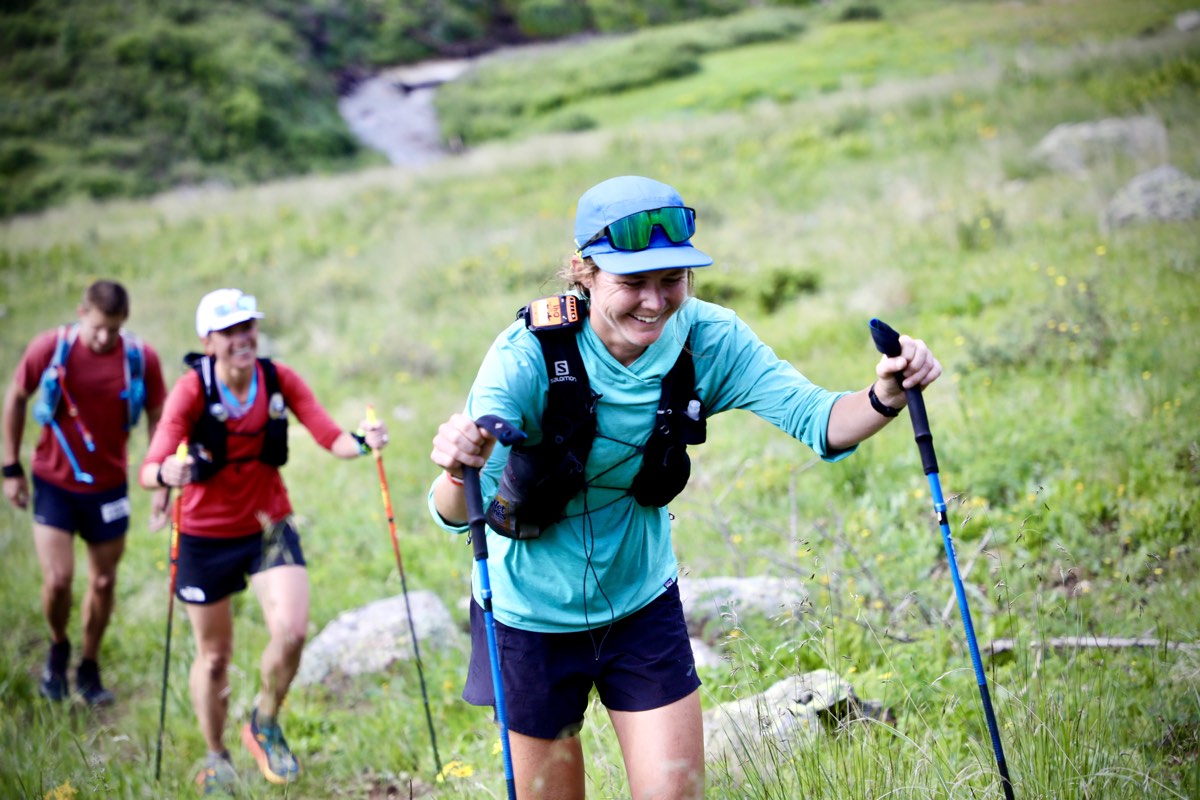 Down here in the American Southwest, where I now live, we are currently in the heart of the Cactus League season, featuring daily spring training baseball games for 15 Major League Baseball teams under the glorious desert sun. This year, there is a bit more interest in the actual games than usual, as Major League Baseball is implementing three significant rule changes, and these “practice games” are providing the players and teams with opportunities to adapt to the new rules before the real competition begins in a few weeks.
Down here in the American Southwest, where I now live, we are currently in the heart of the Cactus League season, featuring daily spring training baseball games for 15 Major League Baseball teams under the glorious desert sun. This year, there is a bit more interest in the actual games than usual, as Major League Baseball is implementing three significant rule changes, and these “practice games” are providing the players and teams with opportunities to adapt to the new rules before the real competition begins in a few weeks.
Two of the rule changes are designed to speed up the game, while the third is intended to balance out the competitive nature of the game. For the first time ever in baseball, there is a pitch clock. With this clock, pitchers must deliver their pitches within 20 seconds of the end of the previous play. Additionally, batters must be prepared to bat in those same 20 seconds. Gone are the days of pitchers endlessly shaking off signs and batters obsessively adjusting their batting gloves.
On top of the pitch clock, managers and coaches are now limited to five mound visits per game. As a result, they must be very strategic about when they choose to talk to the pitcher and how effectively they use those visits.
Finally, in the one rule change that has angered traditionalists, massive shifts in the field, which had become fashionable as of late, are now prohibited. Teams must now always have two players on each side of second base in an attempt to make things more favorable for the hitters, who tend to pull the ball the majority of the time.
Of course, the court is still out on how these significant rule changes will alter the game long-term, but they are certainly making for interesting sideline discussions in the games here in Arizona this spring, and they compelled me to conduct a thought experiment: What if we applied three similar rule changes to long-distance trail running? Hear me out:
1. An Aid Station Clock
Similar to the pitch clock, runners have only a certain amount of time, say two minutes, to be in any one aid station. After the allotted period is over, they must vacate the aid station or face a penalty, such as a time penalty or penalty lap.

No clock needed for Maggie Guterl, who refuels on her feet at the Raspberry aid station at the 2021 High Lonesome 100 Mile. Photo: Hilary Matheson/@thehilaryann
2. Limited Crew Contact
Like the mound-visit limit, what if the number of times crews could visit with their runners was also limited? I would say three times over the course of a 100 miler would be an appropriate limit.

Cody Lind being tended to by his crew before the Rucky Chucky river crossing at mile 78 of the 2021 Western States 100. Photo: iRunFar/Alex Potter
3. Common Gear Specification Limits
This would be the trickiest one, but it could be similar to the mandatory gear requirements that many races implement. For some common gear items — such as watches, headlamps, or hiking poles — it could be that everyone has to stay within the same specification range. An example could be that poles cannot be lighter than a given weight. We probably could not expand this to shoes or packs, but limiting a few common gear items could certainly level the playing field.
While I do not imagine any of these rule changes will necessarily happen, it is interesting to think about. After all, if a sport as traditional and stodgy as baseball can make such significant changes, then certainly trail running and ultrarunning could as well.
Bottoms up!
AJW’s Beer of the Week
 This week’s beer of the week comes from Tree House Brewing Company in Charlton, Massachusetts.
This week’s beer of the week comes from Tree House Brewing Company in Charlton, Massachusetts.
Celebrated as one of America’s finest craft breweries, Tree House makes a fantastic sour Gose beer called Focusing Illusion. Brewed in the classic sour style and sweetened ever so slightly, Focusing Illusion is a well-balanced, highly drinkable sour that goes well with food or on its own.
Call for Comments
What are some rule changes you might suggest for trail running and ultrarunning?

